Tech giants including Google and Microsoft want to work with hospitals and health-care systems to improve lives. But should people trust them with their medical data?
For more from Economist Films visit: http://films.economist.com/

Tech giants including Google and Microsoft want to work with hospitals and health-care systems to improve lives. But should people trust them with their medical data?
For more from Economist Films visit: http://films.economist.com/
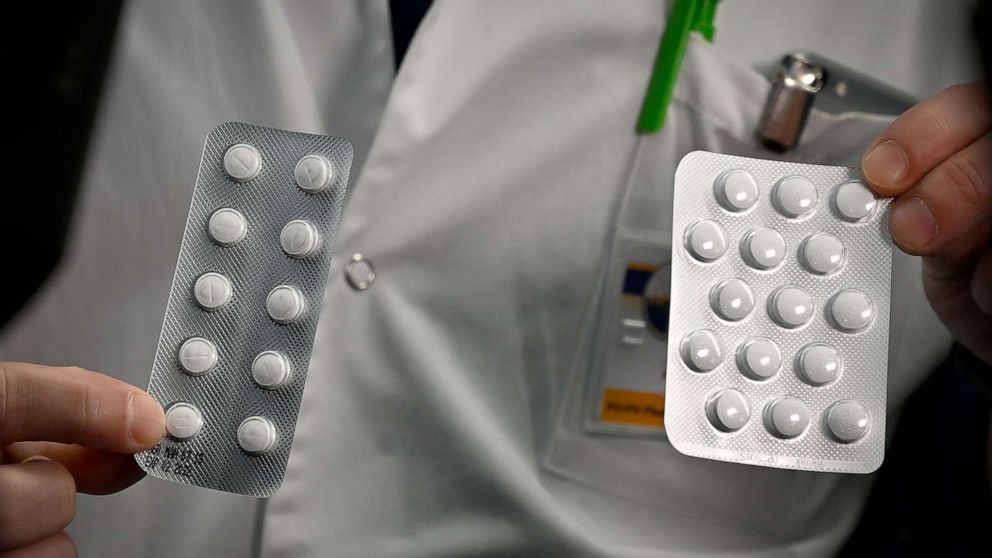
Officials are working out final details in plans to begin clinical trials next week for a malaria drug combination that appears to hold some promise for confronting the coronavirus pandemic.
New York state Health Department officials are making arrangements to determine what patients at which hospitals will be allowed to participate in trials with hydroxychloroquine, Zithromax and chloroquine, a senior official at the department with knowledge of the plan told ABC News. The bulk of the patients are expected to be in the New York City metro area because the region has the biggest cluster of cases.
New York Gov. Andrew Cuomo announced earlier this week that he was eager to get the trials started. By Tuesday, the drugs were in New York and officials were working to identify who could participate.
The medications, originally developed to fight malaria, have raised hope among many that they could aid in treating coronavirus. The core of the medical therapy is chloroquine, closely related to hydroxychloroquine, which has been used to treat malaria since 1944. It can be given before exposure to malaria to prevent infection, and it can also be given as treatment afterward. It’s also currently used to treat autoimmune diseases like lupus. Doctors are adding the antibiotic Zithromax to the cocktail.
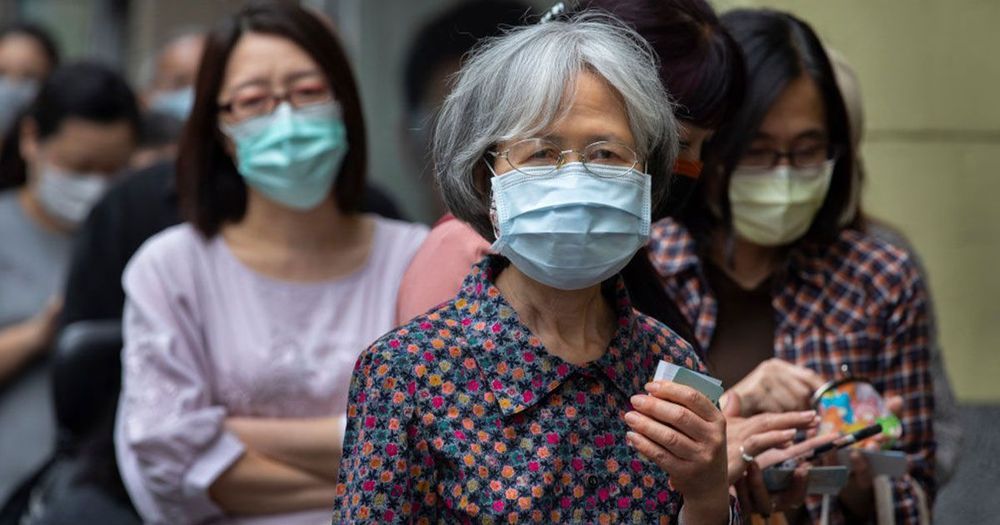
The last point is that Taiwan has a very good healthcare system, especially compared with the U.S. Taiwan’s health insurance system is affordable for the general public, which means everyone can get a medical examination or hospital treatment when necessary. It is also a scientific one: The health insurance system collects personal data and medical records, so hospitals and doctors can make good judgments about every patient’s condition. The quality of the national health system is quite important in the healing of patients and the containment of coronavirus.
Taiwan’s coronavirus response so far has been exemplary. Other nations, especially the U.S., should take note, says former Taiwan Premier Jiang Yi-huah.
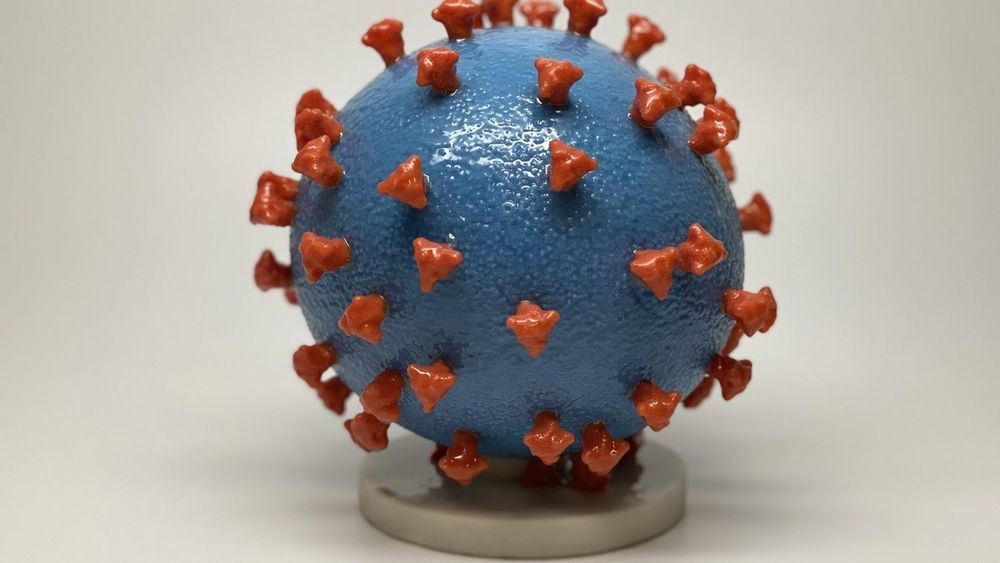
Healthcare professionals and infectious disease experts around the world agree that extensive testing is the best way to combat coronavirus. However, the extreme shortage of COVID-19 testing kits has made that impossible. The Public Health England (PHE) just announced it was planning to begin rolling out at-home COVID-19 testing kits in the coming days. These tests could tell people if they’ve been infected with COVID-19 in as little as 15 minutes.
Current coronavirus testing is time-consuming and expensive because it requires healthcare practitioners to collect samples from the patient and have them processed in a laboratory. The test promised by the UK government would look like a pregnancy test and needs just a drop of blood to diagnose the individual.
Several companies are working on at-home COVID-19 tests, but PHE didn’t say which test it planned to deploy. According to PHE, the unnamed test takes 15 minutes to work, and it will be available at pharmacies and online via retailers like Amazon. The test will detect antibodies in the user’s blood that indicate they have been exposed to the SARS-CoV-2 virus. It works with both Immunoglobulin M and Immunoglobulin G (IgM and IGG) type antibodies. IgM peaks early in an infection and IgG remains even after the infection has subsided.

:ooooo.
Unlocking the full potential of cannabis for agriculture and human health will require a co-ordinated scientific effort to assemble and map the cannabis genome, says a just-published international study led by University of Saskatchewan researchers.
In a major statistical analysis of existing data and studies published in the Annual Review of Plant Biology, the authors conclude there are large gaps in the scientific knowledge of this high-demand, multi-purpose crop.
“Considering the importance of genomics in the development of any crop, this analysis underlines the need for a co-ordinated effort to quantify the genetic and biochemical diversity of this species,” the authors state.

Excellent interview:
Dr. Gerald Parker Associate Dean for Global One Health at Texas A&M and Professor Andrew S Natsios Executive Professor at The Bush School and Director of the Scowcroft Institute of International Affairs have a sit down with Patrick Bet-David about the Coronavirus Pandemic. About our guests Dr. Gerald Parker https://bit.ly/2IZPRAl Professor Andrew S. Natsios https://bit.ly/2UkWBy6
Tweet your thoughts to PBD https://www.twitter.com/patrickbetdavid
PBD Instagram: /redirect?q=https%3A%2F%2Fwww.instagram.com%2Fpatrickbetdavid%2F&v=lWOYj8hjjjM&redir_token=F900JIQb371zn1RNf9UmzkpNQ3d8MTU4NTI2NjEzMEAxNTg1MTc5NzMw&event=video_description
PBD Twitter: https://twitter.com/patrickbetdavid
PBD Linkedin: /redirect?q=https%3A%2F%2Fwww.linkedin.com%2Fin%2Fpatrick-bet-david-3731553&v=lWOYj8hjjjM&redir_token=F900JIQb371zn1RNf9UmzkpNQ3d8MTU4NTI2NjEzMEAxNTg1MTc5NzMw&event=video_description
Intro song : “Sweet Victory” by R-Mean.
Available on all digital platforms courtesy of Pentagon Records LLC Link: /redirect?q=https%3A%2F%2Fsongwhip.com%2Falbum%2Fr-mean%2Fsweet-victory&v=lWOYj8hjjjM&redir_token=F900JIQb371zn1RNf9UmzkpNQ3d8MTU4NTI2NjEzMEAxNTg1MTc5NzMw&event=video_description
Music selection used through agreement with Epidemic Sound http://bit.ly/2B8DxK1
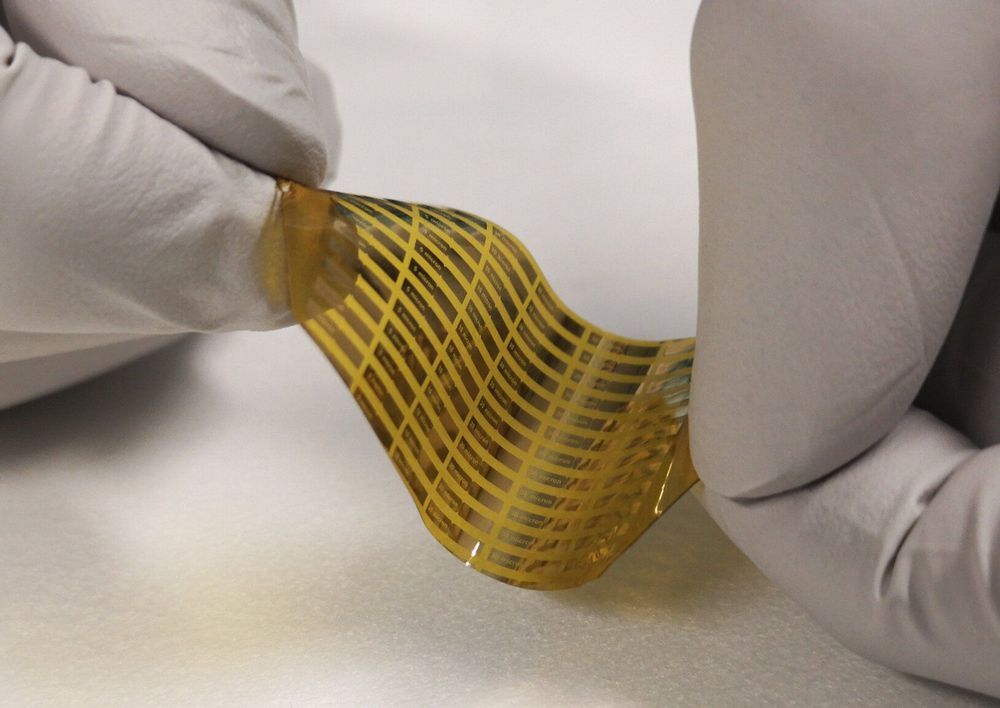
Terahertz (THz) waves fall between microwave and infrared radiation in the electromagnetic spectrum, oscillating at frequencies of between 100 billion and 30 trillion cycles per second. These waves are prized for their distinctive properties: they can penetrate paper, clothing, wood and walls, as well as detect air pollution. THz sources could revolutionize security and medical imaging systems. What’s more, their ability to carry vast quantities of data could hold the key to faster wireless communications.
THz waves are a type of non-ionizing radiation, meaning they pose no risk to human health. The technology is already used in some airports to scan passengers and detect dangerous objects and substances.
Despite holding great promise, THz waves are not widely used because they are costly and cumbersome to generate. But new technology developed by researchers at EPFL could change all that. The team at the Power and Wide-band-gap Electronics Research Laboratory (POWERlab), led by Prof. Elison Matioli, built a nanodevice that can generate extremely high-power signals in just a few picoseconds, or one trillionth of a second, which produces high-power THz waves.

By Bill D’Zio March 25, 2020
SpaceX Crew Dragon on approach Credit NASAPart 2 of the Life in Space with COVID19 we will delve into Crew demo-2 where NASA and SpaceX are planning a launch within two months. There are a lot of pre-launch milestones and activities to cover to ensure a safe flight for the Astronauts. If anything goes wrong, there are lives at stake. Now NASA and SpaceX have to contend with another potential setback, COVID19 pandemic. (Click here for part I)

The SpaceX Crew Dragon spacecraft for Demo-2 arrived at the launch site on Feb. 13, 2020. Photo credit: SpaceX
In Part I of why COVID19 pandemic is bad timing for the Space industry, we covered that issues happen because the relationship between complexity, risk, schedule and cost for space missions was not balanced.
A plot of mission complexity against schedule distribution showed that all of the partial or complete failures occur in the bottom third of the distribution indicating a strong correlation. (a partial failure means that the mission was able to continue or complete some of the original objectives)
Establishment of a ‘‘no-fly zone’’ can be done defining criteria where based on the complexity of the project the sufficient time or money to develop a system was not allocated. In short, when NASA did not allocate sufficient time and or funding in order to offset the increased complexity there was a much higher likelihood of partial or complete mission failure.
In review of the failures for these past mission failures, under budget or schedule constraints, projects tended to bypass best practices such as testing. The bypassing of tests and best practices translates into higher risk since the testing could have detected and allowed NASA to correct the issue before it impacted the mission.Journey to Mars impact by COVID19
NASA and contractors are already well behind on their efforts for the Space Launch System (SLS) rocket. Design challenges, tornados and now COVID19.
NASA has stated that work on the agency’s Artemis program continues but with limited production of hardware and software for NASA’s Space Launch System (SLS) rocket. SLS and Orion manufacturing and testing activities at NASA’s Michoud Assembly Facility and Stennis Space Center are temporarily on hold as a result of the COVID19 pandemic. The first crewless Artemis mission Orion spacecraft will be shipped from the the Glenn Research Center to its Kennedy Space Center. Recently NASA completed a series of tests required to validate the spacecraft in advance of the first mission and integration on top of SLS for the Artemis I lunar mission. The Artemis II Orion spacecraft at KSC is also still progressing.
NASA plans to leverage capabilities across the agency virtually. NASA shared that it already functions in a virtual team environment to conduct engineering analysis and other work and expects minimal impact from the requirement for mandatory telework. Since much of the lunar Gateway is still in the design phase, development work on the Gateway program can be done remotely. On-site activity beyond has been temporarily suspended until further notice.
Work also is continuing on NASA’s Commercial Crew Program. NASA is more than three years behind schedule with both SpaceX and Boeing. Further delays of the CCP could result in diminished operation of the international space station. The upcoming launch of SpaceX Crew Demo 2 is a critical element to maintaining safe operations on the International Space Station and a sustained U.S. presence on the orbiting laboratory. Additionally, commercial resupply activities and future missions also will go on as scheduled in order to keep the space station crew fully supplied and safe. SpaceX and NASA are targeting no earlier than mid-to-late May for Crew Dragon’s launch with two NASA Astronauts on board.
SpaceX is moving along on its efforts for the upcoming missions despite a public order by the mayor of Los Angeles to close “non-essential businesses” in the city, where SpaceX is headquartered. Since SpaceX is conducting work to support the ISS a strong argument can be made that SpaceX is essential. Caution still needs to be taken to avoid unexpected outcomes.

The NASA_Orion spacecraft and European Service Module are in the vacuum chamber ahead of final environmental testing Credit ESA
Recalling that the failures for many past NASA missions stemmed from projects being under budget or schedule constraints, a shortage of resources that normally would work on the project may cause complications. New resources added to projects if a key individual is sick, or if an individual is sick, can compromise projects.
New resources may tend to miss or not understand best practices. Mistakes can happen if individuals are attempting to utilize software from a home computer rather than their workstation at work. Peer reviews of work that normally would occur face to face may shift to digital medium and be less effective resulting in more time, or needing to rush through some tasks.
In short, COVID19 is forcing people out of their normal routine. Any time that happens, a good look at the assumptions behind the work need to be done to avoid higher risk situations.
About The Author

Co-Founder at WestEastSpace.com
Bill founded WestEastSpace.com after returning to China in 2019 to be supportive of his wife’s career. Moving to China meant leaving the US rocket/launch industry behind, as USA and China don’t see eye to eye on cooperation in space. Bill has an engineering degree and is an experienced leader of international cross-functional teams with experience in evaluating, optimizing and awarding sub-contracts for complex systems. Bill has worked with ASME Components, Instrumentation and Controls (I&C) for use in launch vehicles, satellites, aerospace nuclear, and industrial applications.
Bill provides consulting services for engineering, supply chain, and project management.

The agency’s decision would provide lucrative incentives to the drug’s maker, Gilead Sciences, and could keep lower-priced generic versions of the medicine off the market for several years if remdesivir is approved for use, public health advocates say.
Remdesivir Gets Rare Disease Perks From FDA : Shots — Health News Gilead Science’s remdesivir, an antiviral medicine being tested for treatment of COVID-19, would get a seven-year monopoly if approved by the Food and Drug Administration.
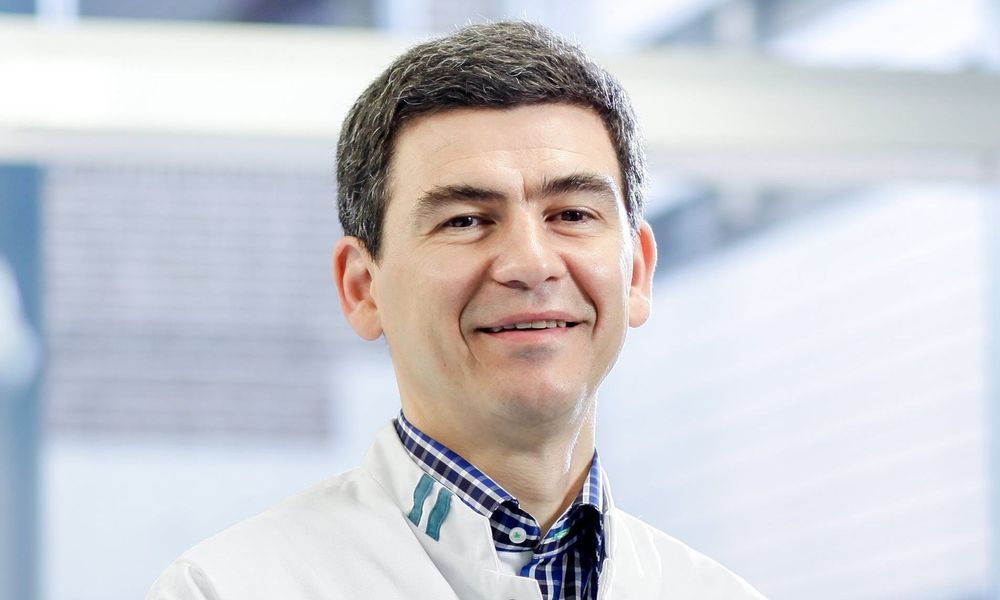
Radboudumc and UMC Utrecht will investigate whether health care workers are better protected against the coronavirus after a vaccination against tuberculosis (BCG vaccine). This vaccine does not directly protect against the coronavirus, but provides a boost to the immune system, which may lead to improved protection against the coronavirus and a milder infection.
19 March 2020.